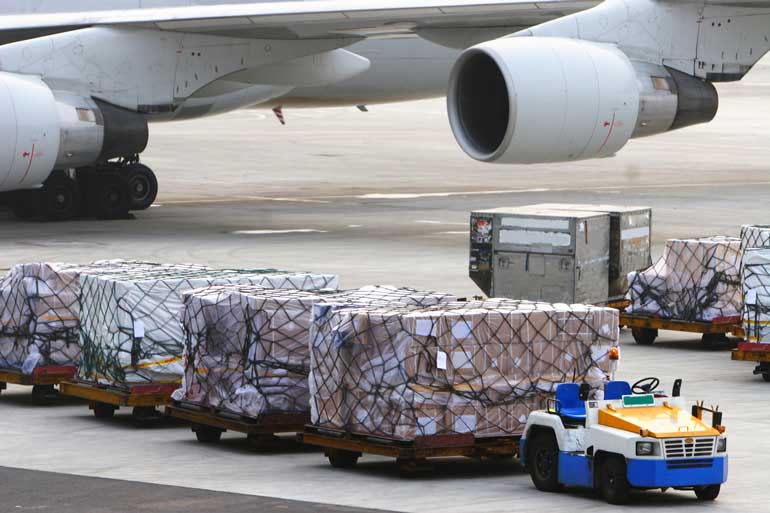Friday Jan 10, 2025
Friday Jan 10, 2025
Monday, 28 March 2016 00:00 - - {{hitsCtrl.values.hits}}
 IATA’s data for global air freight markets in January 2016 shows a rise in freight tonne kilometres (FTK) of 2.7% compared to January 2015.
IATA’s data for global air freight markets in January 2016 shows a rise in freight tonne kilometres (FTK) of 2.7% compared to January 2015.
This continues the improving trend witnessed toward the end of 2015, and is the fastest pace since April of last year. The freight load factor (FLF) fell 1.8 percentage points, however, indicating that yields are likely to come under further pressure.
Total FTKs in January surpassed the previous all-time peak reached in February 2015. All regions except the smallest markets of Africa and Latin America expanded in January, but all regions reported declines in the FLF. Despite this good start, the underlying weak trade performance makes it unlikely that growth will accelerate significantly in the coming months.
“It is good news that volumes are growing, but yields and revenues are still under tremendous pressure. Air cargo plays a vital role in our globalised and fast-paced world in which trade is the foundation for long-term prosperity. Removing barriers to trade is a win-win. It will shore-up the foundations for stronger economies. And an improved business environment for air cargo will help facilitate much needed technology and process investments so that the industry will be an even stronger catalyst for growth and development. A third of the value of goods traded internationally, are delivered by air. But the value of air cargo goes much deeper in the prosperity that it creates in supporting jobs and economic opportunity,” said Tony Tyler, IATA’s Director General and CEO.
Air Freight – Regional Analysis
African airlines’ FTKs declined by 1.4% in January compared to January 2015, and the FLF was 22.6%, down 4.8 percentage points, and the lowest of any region. The largest economies in the region, Nigeria and South Africa, are heavily dependent on energy industries and have been hit hard by the slump in global commodity prices.
Asia Pacific carriers, which comprise almost 39% of all air freight, expanded by 1.3% year-on-year (although the international freight figure was a much lower 0.2%). The FLF fell 2.3 percentage points to 49.8%, still the highest of any region. Emerging Asia trade contracted in the second half of 2015 and in general trade to and from Asia Pacific is weak.
European airlines’ demand grew by 2.5% in January but the FLF fell 1.5 percentage points, to 41.6%. Growth may have been flattered by the volatility and weakness seen a year ago. The growth trend for volumes looks weak for the months ahead, so there is a strong possibility that Europe could slip back into negative growth.
Latin American carriers continued the weak performance of recent months, declining by 3.6%. The FLF fell 2.7 percentage points, down to 32.9%. Brazil, the region’s largest economy, has struggled, particularly with the fall in the price of oil and other commodities.
Middle Eastern carriers resumed their strong growth trend, expanding 8.8% in January. The FLF was broadly stable, declining just 0.3 percentage points to 39.2%. The region’s airlines continue to enjoy strong growth, helped by large-scale network and fleet expansion.
North American airlines saw FTKs expand 2.5% in January compared to January 2015. The FLF was 34.6%, a fall of 1.4 percentage points. Following the spike in volumes due to last year’s West Coast ports strike, air freight from the US across the Pacific fell away. On the other hand trade with Europe, particularly imports, has increased.
Without air freight the modern globalised economy could not function. Air cargo, however, is going through a tough time. Growth has disappointed since 2010. And the industry as a whole faces a period of profound transformation as it adapts to new digital processes, shifts in global supply chains and evolving needs for ever-more specialised types of goods,” said Tyler.